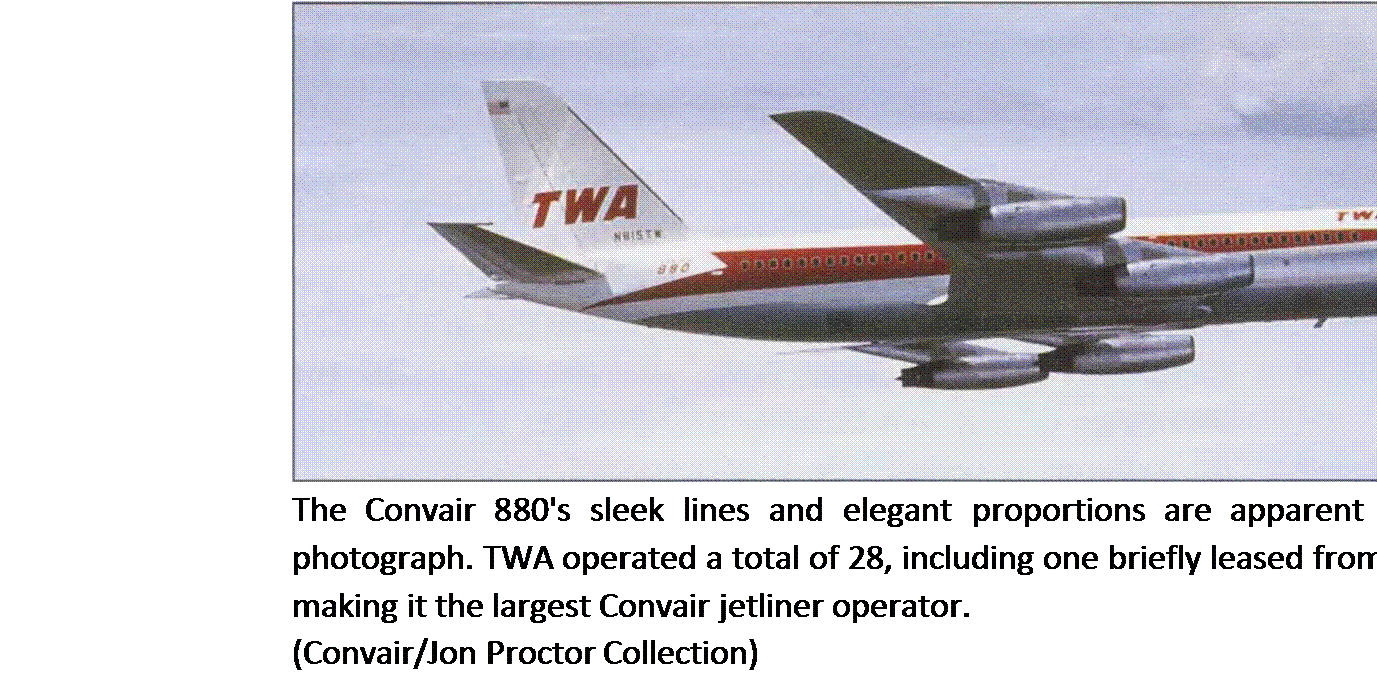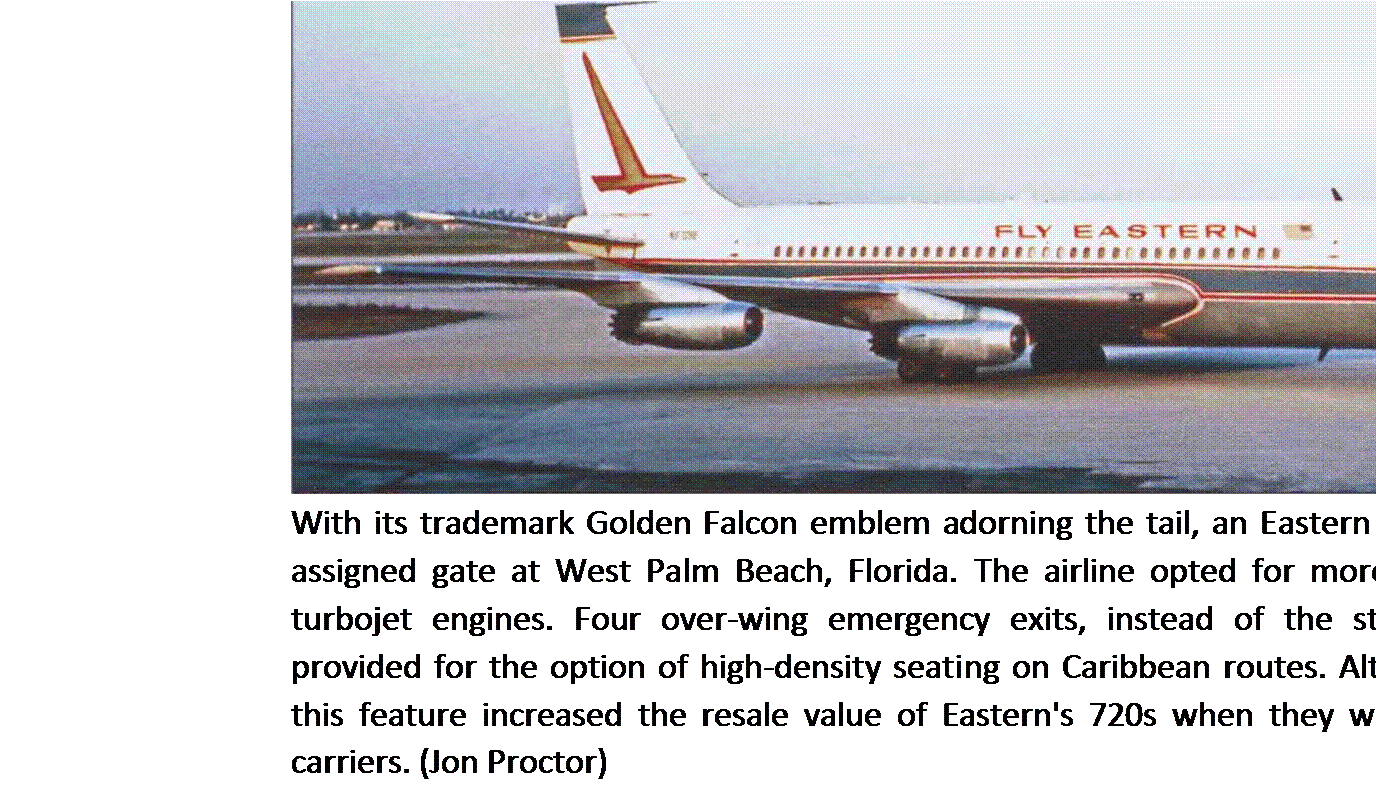Overall Impact of Jet Airliners on World Travel and Commerce
Turbine-powered airliners made a huge impact on world economics almost from the day they entered revenue service. Now imagine doubling capacity while simultaneously halving travel times and lowering costs. Such were the rewards when modern jets and turboprops began replacing piston-powered aircraft, some of which had been flying since the end of World War II.
Across the Atlantic, a mind-numbing 10 to 12 hours of reciprocal engine noise and vibration were replaced by less than 7 hours aboard an airplane that burned cheaper kerosene and actually allowed conversations inside the cabin without raising one’s voice. Flights were smooth enough for delighted passengers to marvel as they built playing card “houses” or balanced quarters on drop-down tray tables.
The timing could not have been better, with growing economic prosperity on both sides of the Atlantic ready to welcome increased capacity and at lower fares. Even during the first nine months of 1959, with limited jet service, traffic was up 13 percent, while capacity rose only 5 percent. Aboard the jets, Economy class quickly replaced Tourist class, while 20 percent of customers were still flying in First class. Pan Am’s jets achieved an 86-percent load factor, which was unheard of until that time. Within a year, passenger loads on its jets jumped from 55 percent of available capacity to 80 percent.
The advent of jet travel also ended the domination of steamship travel between the United States and Europe. While some of the great ocean liners soldiered


on for several years, their blue-ribbon speed records were eclipsed by the formidable combination of jet comfort and lower ticket prices. With the available speed of the jet airliner, passengers began traveling to and from Europe for long weekends, something they would have never considered after making a five-day crossing of the North Atlantic by ship, or even a 12-hour airplane ride aboard a Constellation or DC-7.
Even more amazing is what the new jets, and even turboprops, did for business travel. Prior to jet service, trips across the country and back, at minimum, required three days. Now a round trip could be completed in less than two days, with the “road warrior” arriving at business meetings fresh and alert, then returning home much the same way. Airfreight was delivered expeditiously as well, diverting perishables such as fruits and vegetables to spacious jet cargo holds.
Along with passengers, aircrews completed their work more quickly, enabling much improved utilization of pilots and flight attendants. Aircraft builders employed more workers to keep up with heavy produc
tion as airline managers all but begged for faster delivery of new airplanes. Even engine manufacturers shared in the bountiful revenues, along with the various parts manufacturers and other airline-related businesses.










